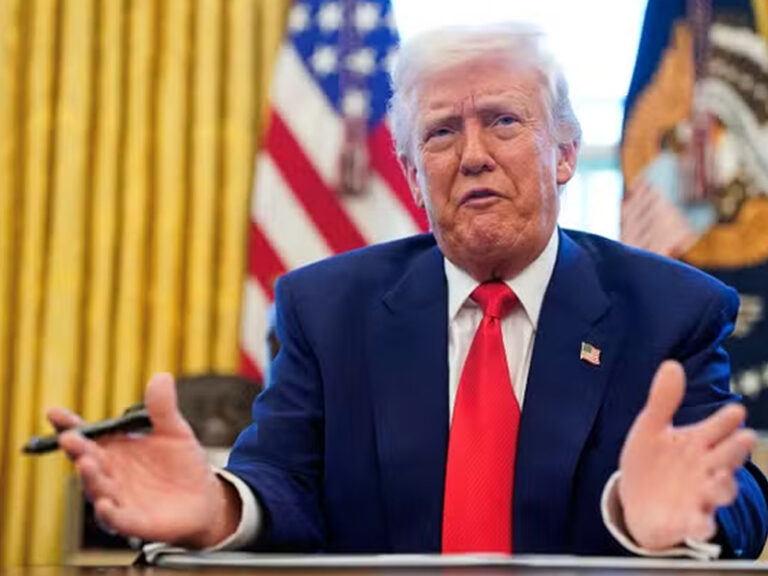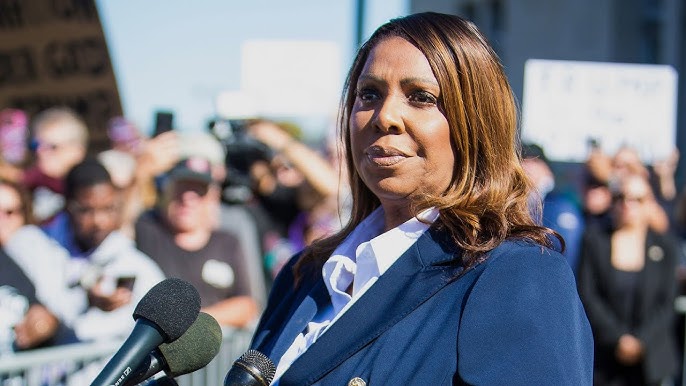President Donald Trump released a sweeping and controversial budget proposal on Friday that seeks to cut $163 billion in federal spending for the next fiscal year, marking a significant shift in funding priorities toward national defense and border enforcement.
The proposal, outlined by the White House Office of Management and Budget (OMB), includes deep cuts to education, housing, medical research, and other domestic programs, while ramping up homeland security funding by nearly 65% compared to 2025 levels. The plan slashes non-defense discretionary spending by 23%, bringing it back to levels not seen since 2017.
Under the proposed budget, several key federal agencies would face sharp reductions: the Internal Revenue Service would lose over $2 billion, while the National Institutes of Health and the Centers for Disease Control and Prevention would see budget cuts exceeding 40%.
“At this critical moment, we need a historic budget—one that ends the funding of our decline, puts Americans first, and delivers unprecedented support to our military and homeland security,” said OMB Director Russ Vought, a longtime conservative policy architect and former Heritage Foundation leader.
Although Trump distanced himself from the Heritage Foundation’s Project 2025 during his campaign, Vought—who helped design that plan to overhaul and shrink federal government operations—has now returned to shape budget policy at the highest level.
Democrats swiftly condemned the proposal, warning that it would strip essential services from vulnerable communities. Some Republicans also voiced concern, particularly over whether defense spending goes far enough and about the lack of support for social programs.
“This request has come to Congress late, and key details still remain outstanding,” said Senator Susan Collins of Maine, the top Republican on the Senate Appropriations Committee. “Based on my initial review, I have serious objections,” she added, citing cuts to low-income home-heating assistance.
The budget, referred to as a “skinny budget” due to its outline format, sets the stage for Republican lawmakers to draft their appropriations bills. However, it faces strong opposition and is unlikely to pass Congress in its current form.
Critics also noted the plan does little to tackle the ballooning national debt, which now stands at $36 trillion. Trump’s proposal to extend his 2017 tax cuts—widely credited with contributing to the debt increase—would further deepen fiscal pressures, raising alarm among some budget watchdogs and fiscal conservatives.



























